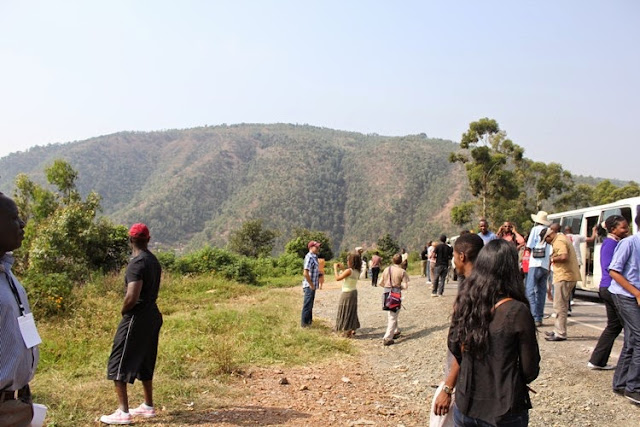Let us first look on what is a bird: A bird is animal with feathers and wings. Birds are
the only animals with feathers, although some other animals, such as insects
and bats, also have wings. Nearly all birds can fly, and even flightless birds,
such as ostriches and penguins, evolved from flying ancestors.
A type of a bird: black-headed heron
Have you ever seen flocks of geese flying South in the Fall? Have you heard them honking? Have you wondered why they are flying in a formation that looks like a "V"? Have you wondered where they are going?
They, and many other birds, are migrating and you've come to the right place to learn about migration!
Each species migrates at a certain time of year and time of day. Some are very irregular in their migration patterns
Bird
migration:
Many bird species undergo
annual migrations moving from a breeding area to a non breeding area. Migration
helps birds to have continuous sources of food and water avoiding competition
(within the species or with others species) for foods and by avoiding being predated, parasitism,
and regime of temperature and daylight. Migration is forced by physiological factors
that trigger migration, competition and Environment (harsh or suitable).
How
birds know it is time to migrate?
When it is time to migrate,
Endocrine sends message to the brain and some hormone develop bird appetite and
they eat to increase energy intake and start migrating
Some of the most spectacular bird
migrations are made by seabirds, which fly across oceans and along coastlines,
sometimes traveling 32,000 km (20,000 mi) or more in a single year.
How
birds manage to migrate?
Migrating birds use a variety of cues to find their way; these include use of the earth’s magnetic field, the positions of the sun during the day and the stars at night or even of the moon; and visual, olfactory, and auditory landmarks. The strict formations in which many birds fly help them on the journey. For example, migrating birds include: geese, white stock, kingfisher and cranes their migration is in a V-shaped formation, which enables all of these migrating birds except the leader to take advantage of the updrafts generated by the flapping wings of the bird in front. Young birds of many species undertake their first autumn migration with no guidance from experienced adults. These inexperienced birds do not necessarily reach their destinations; many birds stray in the wrong direction and are sometimes observed thousands of kilometers away from their destinations.
Birds migrate in order to breed, grow, find food or avoid cold weather
Some terms in bird migration:
1. Passage migrant:
This occurs when a bird is passing from stopping
over to another place.
2. Vagrant migrant:
This occurs when a bird reaches a
good weather (with enough food), this also can happen due to natural catastrophes
and this can end up by a species to be lost
3.
Ab-migration:
This occurs when a lost species
joins another flock to continue migration
BIRDS
AND HUMANKIND
1.
Bird-watching (avi-tourism)
Is the fastest growing outdoor
recreational activity, for example in South Africa a penguin colony near Cape
Town attracted 200,000 people in 1996-1997; bird-watching also generate employment
in tour guiding and Researches
Bird-watching is the second largest hobby (gardening is the first) in North America with over 31 million participants
2.
Pollination
Most food crops are pollinated by
birds and would fail to set seeds on fruits in their absence; for example
Sunbird pollinated have tubular shape denies other pollinators
3.
Pest control- Predators (birds)
They regulate numbers of potential
pests (save and billions), for example some birds as swallows,
starling-insects, caterpillars or crickets that are harmful to agriculture
products they are controlled by Rosy Starling, Owl is also a rodent control and
some of Eagles control snake population
4.
Birds as indicator of Habitat
For example Honey guides, lead
hunters and gathers, some Vultures clean environment by removing carcasses.
COSTS-
BIRD STRIKES
Bird hazards (strikes) at the Airports
and flight, by impacting the windscreen and or ingested into the engines. Here Management
must apply some controls for example by removing all the trees- nesting, or
removing all seed bearing plants near the Airports, also they can use radar to
track the movement of and flock size of the birds.
Bird strike cause accident to the jets by entering is engines: it has been reported that birds love to go the the airports for food, shelter and safety from the predators
The views expressed are those of the author and are not necessarily of the scientific study








Comments
Post a Comment